Lester and Dellora Norris’s confidence in the town of St. Charles could truly be seen when they decided to build the Arcada Theater. For three years they discussed with architect Elmer F. Behrens what they wanted the Arcada to look like and essentially to feel like. Lester had become fond of the Spanish Colonial Revival while living in Florida and so decided to create a building with beige terra cotta masonry, arched windows, low-pitched clay tile roof, and small wooden balconies. The stage was to look like the old streets of Madrid, Spain and the entry way had Mosaic floors with stone benches lining the corridor.
The opening of the Arcada Theater was set for September 6th, 1926 and thousands of people from all over Illinois came out to see the magnificent building and hundreds were unable to gain entrance. The first act to appear on the Arcada’s stage was The Last Frontier, a western vaudeville act. With the theater opening up at the height of vaudeville many famous vaudevillians like Ginger Root, Jack Pepper, and George Burns performed at the Arcada. While vaudeville slowly started to fizzle away, the Arcada Theater continued to thrive and was one of few theaters to show “talkies”, movies with sound. Unfortunately, vaudeville did die out in popularity and so the theater started to show more and more movies in the mid-to-late 1930s.
In the 1940s, the decade of loss, love and victory, St. Charles celebrated the end of World War II with a victory show. The shows were originally planned to be held at the St. Charles High School auditorium, but due to overwhelming ticket sales was moved to the Arcada Theater. Operadio employees under the direction of Delos Owen put on the show and all ticket sale money was donated to the USO. There ended up being $1,757.55, over $23,000 today, in ticket sales and about $1,000, or about $13,300 today, in other profits. The 1940s also saw a change to the Arcada Theater design when the lobby ceiling was lowered one level for additional office space on the second floor. The original marquee was also replaced with the one still on the front of the building today.
Movies continued to be the main source of entertainment at the Arcada Theater from the 1940s to 1970s when the theater began hosting community theater groups and traveling shows. However, the new program was short-lived and by 1979 live entertainment had been phased out. In the early 1980’s the theater was sold from the Norris family to Ruby Frank and a group of investors. For the next 20 years the theater continued to host movies until again it was sold in 2005 and is mangaged and operated by the Onesti Entertainment Corporation. Since then Ron Onesti, CEO/President of the company, has brought live entertainment back to the theater and hosts around 200 shows annually.
Check out the great things Arcada Theatre is doing now at http://www.arcadalive.com/
















